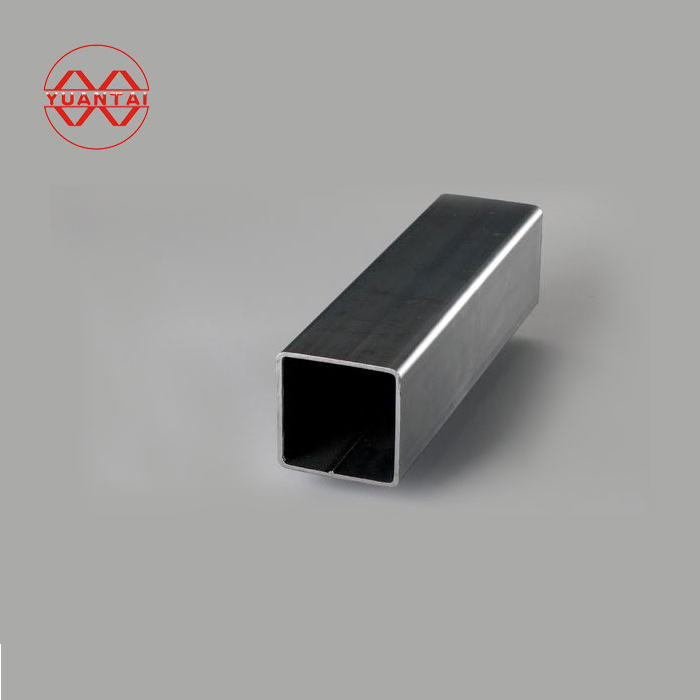
What are the ways to perforate square tube blanks?
1. Push rolling piercing
Push rolling piercing can be regarded as an improved form of pressure punching, that is, the fixed round die during pressure punching is changed to a pair of rolls with a circular pass. When the roll rotates to bite the rectangular tube blank into the pass and roll it, the punch fixed at the center of the pass penetrates it into a hollow capillary tube. In order to push rolling, a back thrust is added to the tail end of the billet, so it is called push rolling piercing. Although push rolling piercing has been greatly improved compared with pressure punching, the amount of deformation is still small, so the capillary is short and thick, and it is especially prone to large uneven wall thickness. Therefore, after piercing, it is necessary to set up a cross-rolling extension machine to reduce the wall thickness of the capillary tube and extend the length of the rectangular tube, and reduce the unevenness of the capillary wall thickness. Gradually replaced by cross-rolled piercing.

2. Cross rolling perforation
Cross-rolling piercing is based on the fact that the round tube blank is bitten by two mutually inclined and co-rotating rolls and advances spirally, and the tube blank is pierced into a hollow capillary tube through the pass formed by the rolls, guide plate, and plug. The round tube billet is bitten by the roll, rotated and compressed, and deformed to advance spirally. Before contacting the plug, the plastic deformation of the central area of the square rectangular tube billet under the repeated action of tension and compression stress gradually develops into looseness, and the looseness gradually increases. This will cause the center to rupture creating a "cavity". Therefore, it is necessary to adjust the front end of the plug to the position where the tube blank is loose and does not form a "cavity". At this time, the perforation force consumption is low, the tool wear is less, and the quality of the capillary tube is good. If the tube blank is deformed in contact with the plug after the "cavity" has been formed, it is easy to form an "inward fold" in the inner hole of the capillary tube.
3. Pressure punching
Pressure punching is putting the heated square billet or corrugated steel ingot into the circular die, and then using the press to drive the punch to punch out the inner hole in the center part of the tube blank. Generally, the area of the punched inner hole is equivalent to or slightly larger than the gap between the blank and the circular die, so the deformation of the square tube is very small, and the elongation coefficient generally does not exceed 1.1.